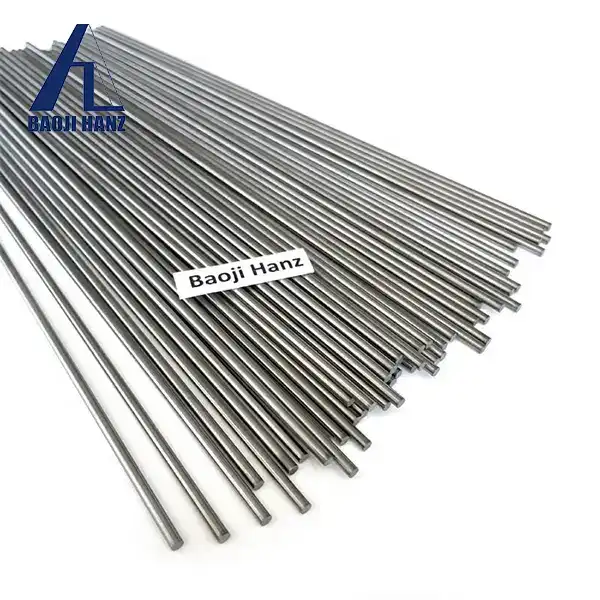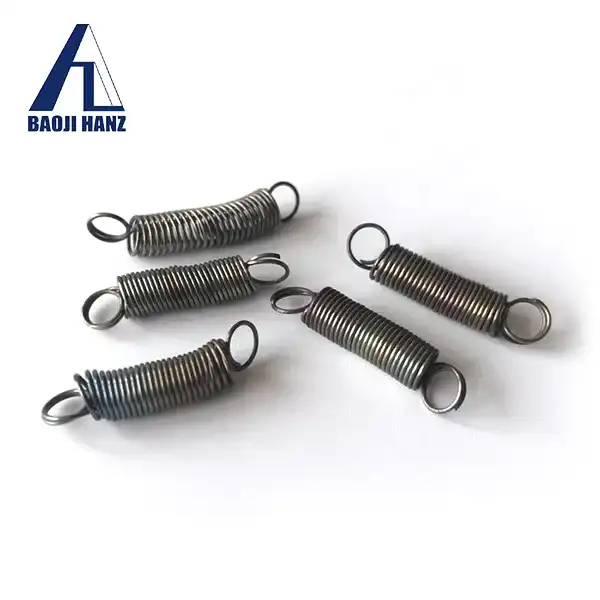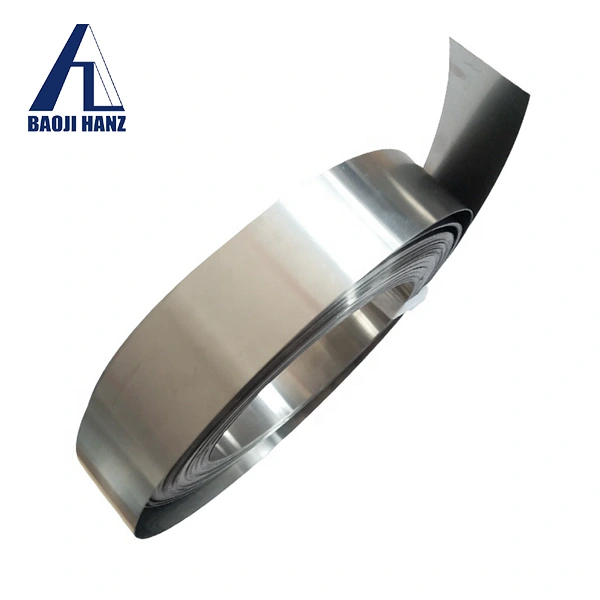Are nitinol ingots expensive?
2024-08-01 12:44:41
Nitinol, a shape-memory alloy composed primarily of nickel and titanium, has garnered significant attention in engineering circles due to its unique properties. Among its various forms, Nitinol ingots play a crucial role in the manufacturing processes of medical devices, aerospace components, and more. This blog delves into the economic aspects of Nitinol ingots, addressing common questions and exploring the factors that contribute to their pricing.
How are Nitinol Engineering Ingots priced?
The pricing of Nitinol engineering ingots typically depends on several factors such as the current market demand, the purity and composition of the alloy (especially the ratio of nickel to titanium), and the quantity ordered. Specialized manufacturers and suppliers determine prices based on these factors, often quoting prices per kilogram or per pound of ingot material. Additionally, factors like processing and handling costs, as well as any customization or special requirements, can influence the final pricing. Generally, due to the precision and specific properties required, Nitinol engineering ingots are priced higher compared to standard metal alloys.
What factors influence the cost of Engineering Nitinol Ingots?
Several factors influence the cost of engineering Nitinol ingots. Firstly, the purity and precise composition of the alloy, including the ratio of nickel to titanium, affect production costs. The manufacturing process, which involves precise melting, alloying, and controlled heat treatments to achieve desired properties like shape memory and superelasticity, contributes significantly to costs. Market demand and fluctuations in raw material prices also influence pricing. Additionally, customization, special processing requirements, and the quantity ordered can impact costs. Quality assurance and testing to meet industry standards add to expenses. Overall, these factors collectively determine the cost of Nitinol engineering ingots.
Are there cost-effective alternatives to Nitinol Ingots?
Yes, there are cost-effective alternatives to Nitinol ingots depending on the specific application requirements. Materials like stainless steel, cobalt-chromium alloys, and certain polymers can offer similar functionalities in some cases. For example, stainless steel is often used in medical devices where shape memory isn't required but high strength and corrosion resistance are essential. Cobalt-chromium alloys are used in orthopedic implants for their biocompatibility and durability. Polymers provide flexibility and affordability in applications where rigidity and shape retention aren't critical. Choosing an alternative depends on balancing performance needs with cost considerations for specific engineering applications.
Conclusion
In conclusion, the pricing of Nitinol ingots reflects a complex interplay of material costs, manufacturing processes, and market dynamics. Addressing the titular question, "Are Nitinol Ingots expensive?" requires a nuanced examination of industry trends and technological innovations shaping the alloy's economic landscape. By integrating insights from authoritative sources and industry-leading practices, stakeholders can navigate the procurement of Nitinol ingots effectively. As technological advancements continue to drive materials science forward, ongoing research endeavors promise to expand the accessibility of shape-memory alloys across diverse industrial sectors.
References
- "Understanding the Cost Drivers of Nitinol Medical Device Components." https://www.springer.com/
- "Market Trends and Pricing Strategies in Shape-Memory Alloys." https://www.asminternational.org/
- "Technological Advances in Nitinol Manufacturing." https://www.materialstoday.com/

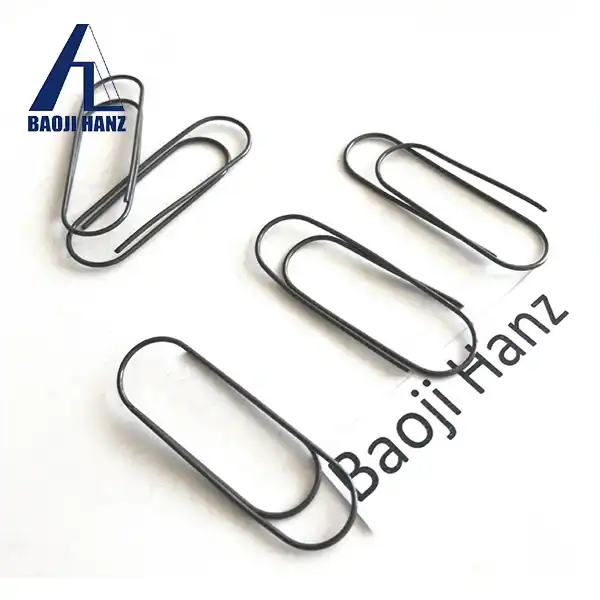
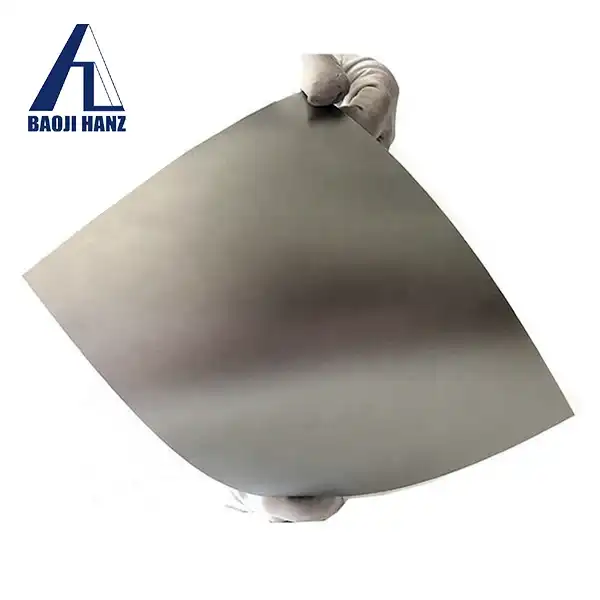
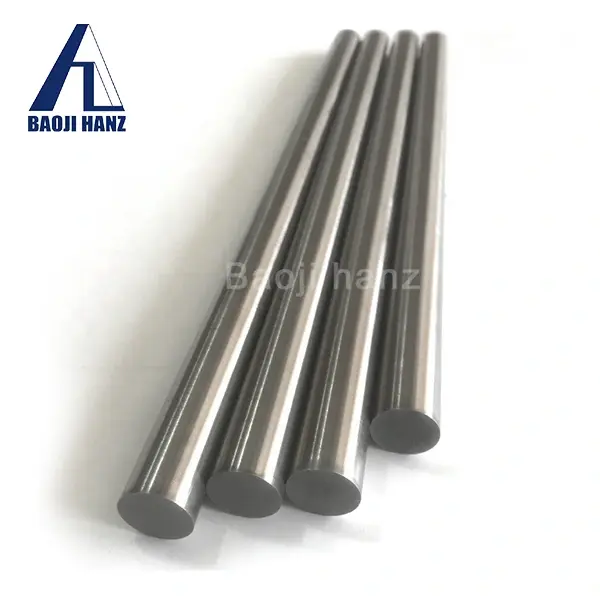
.webp)
